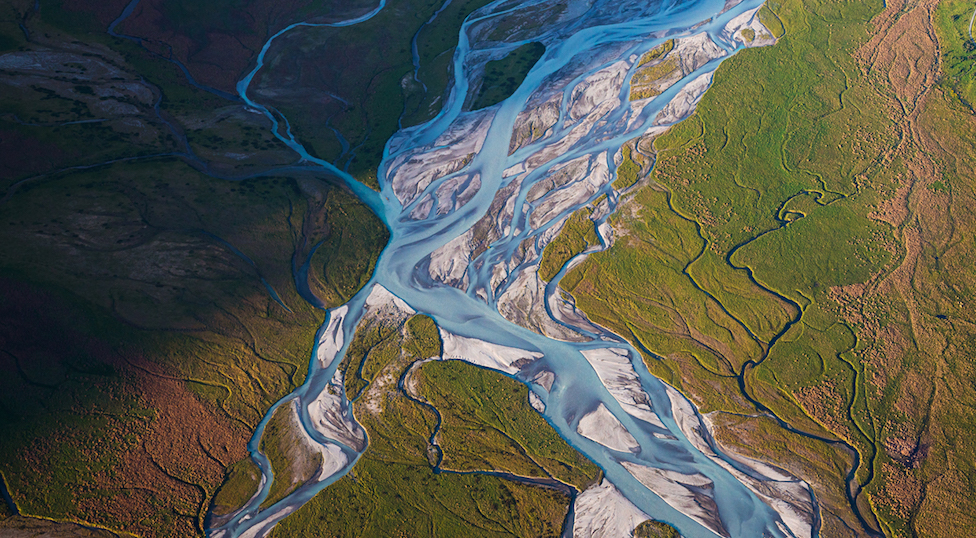What would happen if we used water as the ‘truth serum’ to monitor our environmental land use impacts?
Water is like fingerprints/DNA left over at a crime scene; as water falls from the sky and lands on the soil, it takes a fingerprint (chemistry analyte) of all that it touches while on its journey to streams, rivers and eventually to the ocean.
If we break this problem down to water catchments/watershed areas throughout the country, it becomes a micro problem to be solved.
Scientists know that water that falls inside a catchment eventually drains to a single point at the bottom of the catchment.
Scientists also know that concentrations of nutrient pollution in freshwater are incredibly variable day to day, hour to hour; hence our problem with current best practice of testing water through traditional manual grab sampling only once a month at the bottom of the water catchment. Imagine if our weather forecasters only had weather data from one hour a month to try and make the monthly/yearly weather forecast? It’s simply inadequate.
With a paradigm shift in techniques from sampling once a month to testing multiple times a day with laboratory-grade analysis for the crucial chemistry analytes like nitrogen and phosphate, the so-called nutrient pollution, alongside collecting water volume exiting the catchment, we can now use an equation to calculate total tonnage of pollution exiting the catchment annually. Total Annual Load in KG.
Accurately creating a catchment baseline measurement of a total annual load of nutrient pollution would allow an easy understanding of which direction a catchment is heading, and how quickly; improving or degrading in water quality, year on year. It’s either more KG of pollution, or less per year.
NZ should have a BHAG (Big Hairy Audacious Goal).
We suggest that New Zealand selects 100 large water catchments throughout the country and rewards those catchment groups who deliver the most significant percentage decreases of nutrient pollution exported from their catchment each year. The goal here is to show continuous improvement so that everyone can participate and celebrate this collaborative achievement.
Let’s not worry about how bad our water is today. Let’s instead focus on improving it for tomorrow — catchment by catchment.
By improving water quality, we will also inadvertently improve soil and atmospheric greenhouse gas reduction.
So what are some of the changes we can make today for a better tomorrow?
A reduction in synthetic nitrogen use, which is derived from the burning of fossil fuels.
Switching from conventional farming to incorporating more regenerative agriculture type practices; benefits include increased biodiversity, multi-species grass to capture atmospheric nitrogen, healthier soils — more significant carbon soil sequestration.
A slight decrease in stock numbers — so methane reduction should occur, as carrying capacity on the land is not artificially held up by large synthetic nitrogen inputs.
Let’s measure the outcomes, rather than dictating the practices. Outcome-based measurements create feedback loops with growers, and encourage innovation from those closest to the land.
Fit for a better world, we reckon.
By Antony Wyborn, Non-executive Director, Eco Detection

